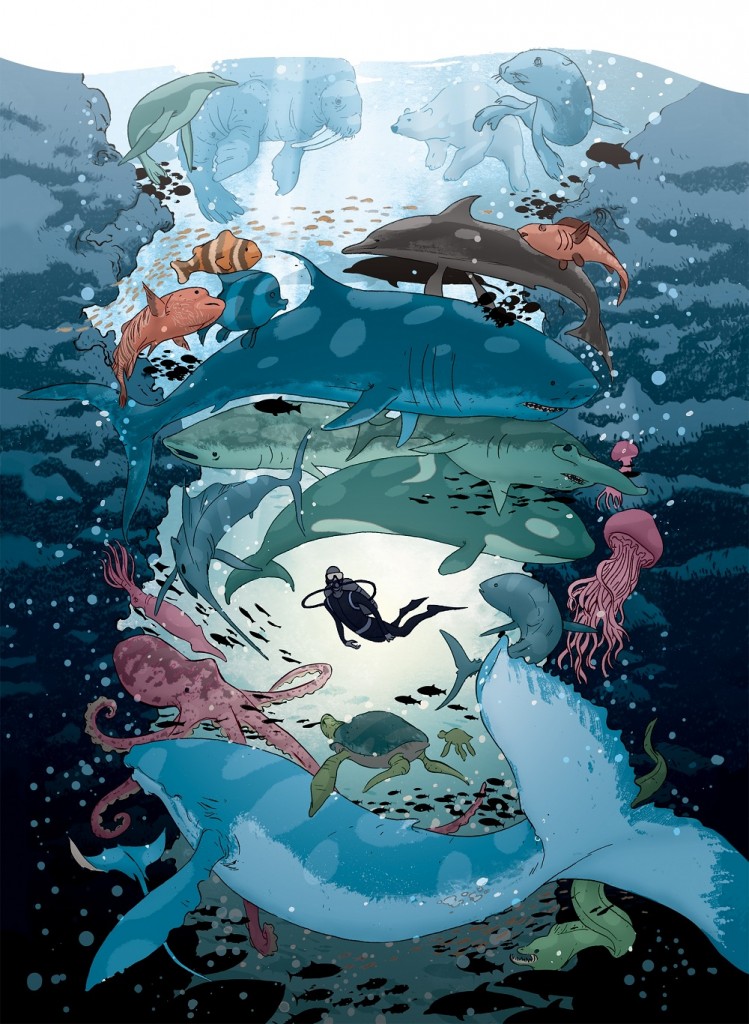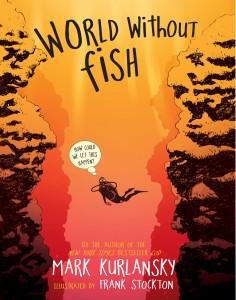By Mark Kurlansky (Guest Contributor)
 It was in the North Sea in the late nineteenth century that innovations in fishing began to take place. The North Sea is a body of water rich in fish, which is surrounded by the great European fishing nations, such as Scotland, England, France, Belgium, The Netherlands, Denmark, Germany, Sweden, and Norway. Throughout history, these nations competed with one another for fish and fishing territories. Some of these countries had even gone to war over it: Holland and England battled over North Sea herring during the Anglo-Dutch wars of the seventeenth century; France and England fought over North American cod in the early eighteenth century during the Queen Anne’s War.
It was in the North Sea in the late nineteenth century that innovations in fishing began to take place. The North Sea is a body of water rich in fish, which is surrounded by the great European fishing nations, such as Scotland, England, France, Belgium, The Netherlands, Denmark, Germany, Sweden, and Norway. Throughout history, these nations competed with one another for fish and fishing territories. Some of these countries had even gone to war over it: Holland and England battled over North Sea herring during the Anglo-Dutch wars of the seventeenth century; France and England fought over North American cod in the early eighteenth century during the Queen Anne’s War.
For centuries, North Sea nations kept bringing in larger and larger catches, with little sign of any decline in the supply of fish. In the early seventeenth century, the Dutch had two thousand ships in the North Sea fishing for herring. The British responded by banning foreign fishing vessels within fourteen miles of the British coastline (this was the distance visible from the top of a mast).
It was the British that first started using a beam trawler in the fourteenth century. Also called a “wondrychoum,” this was a net suspended from a beam and dragged through the sea. The problem with beam trawlers was that sailing ships didn’t have the power to haul huge nets – if the nets were too large and caught too many fish, they would be too heavy to pull so they had to use small ones.
On the other hand, beam trawlers were quite efficient in other ways. The potential of dragging a net through the water and hauling up everything in its path had obvious advantages over setting lines with baited hooks. In addition to requiring no bait, a beam trawler seemed certain to haul in a much higher percentage of the fish it passed. By 1774, beam trawling had become one of the principal fishing techniques in the North Sea.
In the mid-nineteenth century, new ideas were aimed at improving the quality of fish, and of getting the fish to market fresher. Well boats came into use. These were ships that contained a tank of seawater into which the caught fish would be dumped, enabling fish to stay fresh longer than previously. This meant that fishermen could remain at sea, fishing for a longer period of time. Once the quality of fish improved in England, and most notably in London, the demand for fish rapidly increased.
Then in 1848, a new dramatic technological advance was created in the port of Grimsby on the North Sea at the mouth of the Humber River: a rail connection straight to London. Because it was a large port, capable of storing ice from not-too-distant Norway, (ice was essential for keeping fish fresh on its way to market), the port of Grimsby became a premier port for quality fish in London. In 1881, the Zodiac, the first vessel built for dragging fishing nets under steam power, was launched from Grimsby.
 Mark Kurlansky is a former commercial fisherman and New York Times bestselling author of Cod: A Biography of the Fish That Changed the World, Salt: A World History, The Big Oyster: History on the Half Shell, and 16 other books. He’s won numerous awards, including the James A. Beard Award, Glenfiddich Award for food writing, ALA Notable Book Award, The New York Public Library Best Books of the Year Award, Los Angeles Times Science Writing Award, Dayton Literary Peace Prize. He has illustrated many of his books himself. Kurlansky lives with his wife and daughter in New York City and Gloucester, Massachusetts. His website is www.markkurlansky.com.
Mark Kurlansky is a former commercial fisherman and New York Times bestselling author of Cod: A Biography of the Fish That Changed the World, Salt: A World History, The Big Oyster: History on the Half Shell, and 16 other books. He’s won numerous awards, including the James A. Beard Award, Glenfiddich Award for food writing, ALA Notable Book Award, The New York Public Library Best Books of the Year Award, Los Angeles Times Science Writing Award, Dayton Literary Peace Prize. He has illustrated many of his books himself. Kurlansky lives with his wife and daughter in New York City and Gloucester, Massachusetts. His website is www.markkurlansky.com.
Illustrations by Frank Stockton
This post first appeared on Wonders & Marvels in June 2011.
